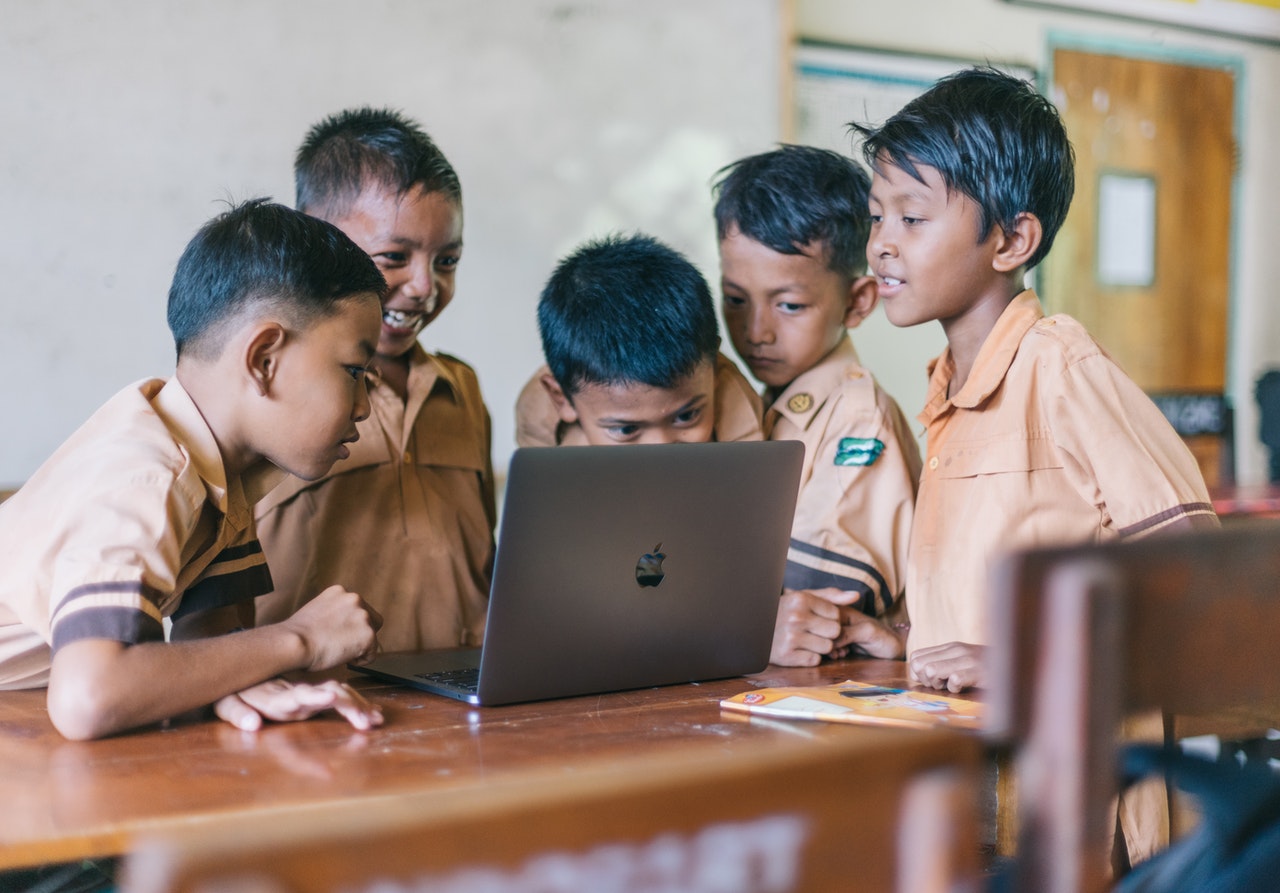Are you looking for strategies to help students who do not behave appropriately? If so, keep reading.
1. Assess the appropriateness of the task to determine(a) if the task is too easy, (b) if the task is too complicated, and (c) if the duration of time scheduled to finish the task is sufficient.
2. Minimize stimuli that would contribute to unrelated or unacceptable behavior(e.g., testing situations, peers, physical learning activities, etc.).
3. Talk regularly with the student to keep involvement.
4. Organize the student’s surroundings so that time does not permit unrelated or unacceptable behavior to happen.
5. Provide the student with duties to keep them actively involved in the learning experience.
6. Alter or adjust situations that cause the student to demonstrate unrelated or unacceptable behavior(e.g., keep the student from becoming overstimulated in learning activities ).
7. Make the appropriate adjustments in their surroundings to prevent the student from experiencing stress, frustration, anger, etc., as much as possible.
8. Minimize distracting stimuli(e.g., place the student in the front row, give a table or quiet space away from distractions, etc.). This is used as a way of reducing distracting stimuli, not as a punishment.
9. Select a peer to model on-task behavior for the student.
10. Talk regularly with the student to, keep their attention on the learning experience (e.g., ask the student questions, ask the student’s opinions, stand near the student, seat the student near the teacher’s desk, etc.).
11. Display socially acceptable behavior for the student (e.g., pat on the back, handshake, etc.).
12. Provide a consistent routine (schedule).
13. Make sure that reinforcement is not provided for the student’s unacceptable remarks or behaviors (e.g., paying attention to the student only when they show behaviors that are unacceptable to the situation).
14. Stop the student from becoming overstimulated by a learning experience(e.g., monitor or supervise student behavior to limit overstimulation in physical learning activities, games, parties, etc.).
15. Assist the student in creating attention-keeping behaviors (e.g., keep eye contact, notes on the subject, ask questions related to the subject, etc.).
16. Consider using an adaptive behavior management app. Click here to view a list of apps that we recommend.
17. Click here to learn about six bonus strategies for challenging problem behaviors and mastering classroom management.





